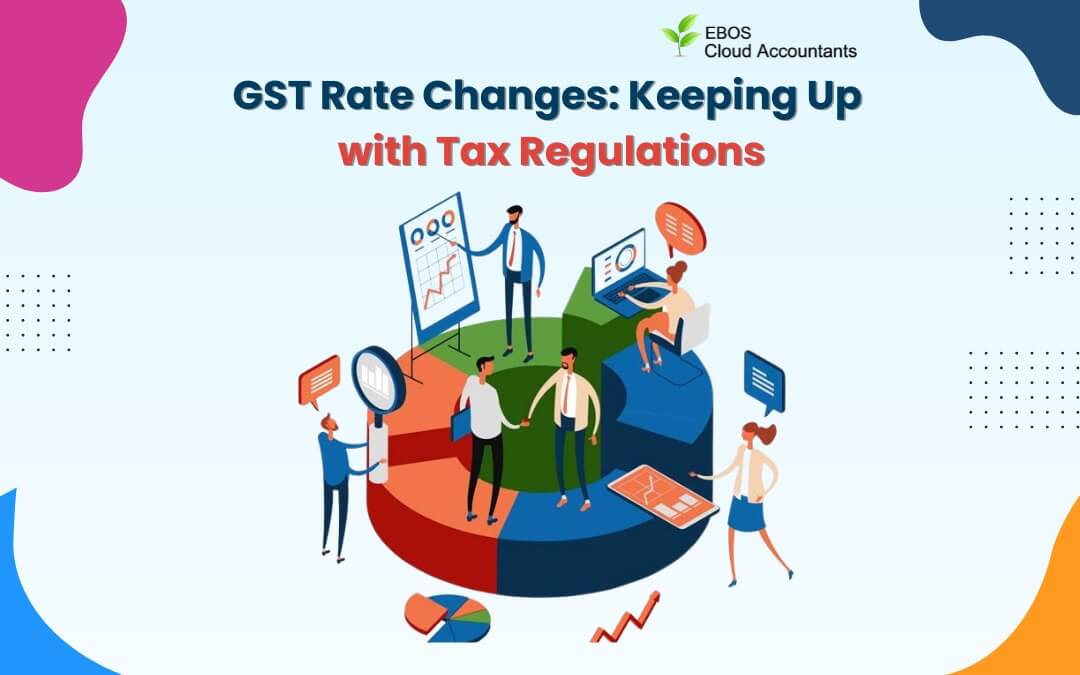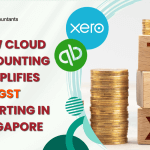Navigating the ever-changing world of Goods and Services Tax (GST) rates is critical for businesses to remain compliant and financially stable. With tax legislation constantly changing, remaining current and adapting to rate changes is critical.
The rate change will effect any GST-registered business that sells or acquires goods or services subject to the basic GST rate.
For standard-rated deliveries of goods or services conducted on or after January 1, 2023, you have to charge 8% GST. For example, if you issue an invoice and get payment for your supply on or after January 1, 2023, you must account for GST at 8%.
If you are a GST-registered firm that is subject to reverse charge (“RC business”), you must account for GST at 8% on services purchased from overseas suppliers (“imported services”) on or after January 1, 2023.
To learn more on how to keep up with tax regulation, continue reading this article.
Preparing for the GST Rate Adjustment
You are strongly recommended to prepare ahead of the second-rate shift from 8% to 9% to ensure a smooth transition to the new GST rate. For example, you may need to update your POS, invoicing, accounting, and other systems, as well as your price displays, to reflect the new rate.
How will the GST rate adjustment effect the Consumer?
1) The rate of GST charged on your transactions
As a general rule, purchases of goods and services from GST-registered firms in 2023 will be subject to 8% GST, while purchases made on or after January 1, 2024 would be subject to 9% GST.
There are scenarios in which one or more of the following events span January 1, 2024:
-Issuing an invoice
-Payment for products or services.
-Reception of goods or services
In such cases, special GST rules will apply.
GST-Registered Firms Display their Prices
GST-registered firms are required to show GST-inclusive prices to the public. In other words, you must pay the price you see.
GST-registered firms must display prices that include GST at 9% beginning January 1, 2024. Businesses who are unable to change their price display overnight may show two prices:
(a) One applicable before January 1, 2024 displaying pricing inclusive of GST at 8%.
(b) One applicable on or after January 1, 2024, displaying prices inclusive of GST at 9%.
However, companies cannot charge and collect GST at 9% before January 1, 2024.
Non-GST registered businesses should also consider the increased compliance expenses associated with GST rate changes if they choose to voluntarily register for GST before January 1, 2024. If your company is unable to absorb the higher compliance costs associated with rate changes, it should remain non-GST registered or defer GST registration until or after January 1, 2024.
In Summary
Understanding and successfully managing GST rate fluctuations is critical for businesses to maintain compliance, manage risks, and improve financial performance in today’s changing tax climate. Stay knowledgeable, proactive, and compliant to successfully handle GST rate adjustments.
Are you ready to streamline your GST compliance process? Contact EBOS Cloud Accountants today for experienced advice and technology solutions to help your business adjust to GST rate changes and remain in line with tax legislation.







